culture, japanese festival, uchiwa
Uchiwa: A Historical Perspective on Japan’s Hand Fans

Anna Ayvazyan
Posted on July 20, 2023
Share:
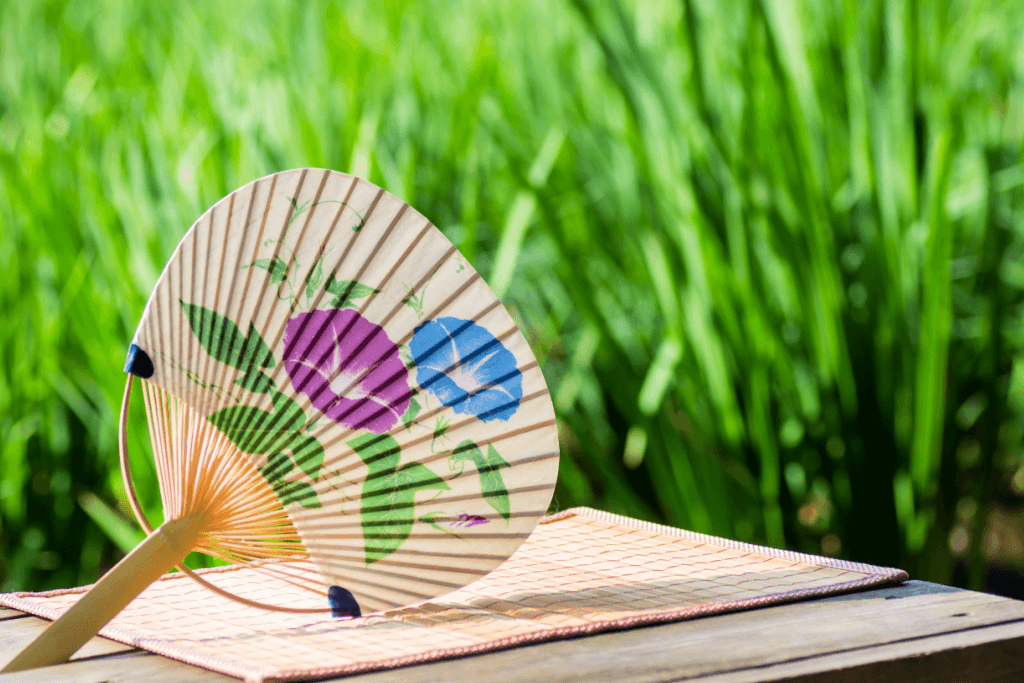
During hot summer days in Japan, people combat the scorching heat on the streets or inside buildings by carrying a practical and stylish accessory called an uchiwa. With its paddle-like shape, the uchiwa is a handheld fan, providing a refreshing breeze with a simple wrist flick. Not only does it help keep individuals calm and comfortable, but it also adds a touch of elegance and tradition to their attire.
Uchiwa fans often have beautiful designs, patterns, and vibrant colors, making them decorative. Due to their aesthetic appeal and practicality, these fans are famous for unique and thoughtful gifts, spreading relief and joy to recipients during the sweltering summer months.
How long have fans been in Japan?
Fans came to Japan through China and Korea between the 4th and 8th centuries. The first fan from China was the sashiba fan. They look similar to uchiwa fans, but their handles are more extended and utilize feathers, furs, and leaves. Eventually, sashiba fans became smaller, and people started referring to them as uchiwa.
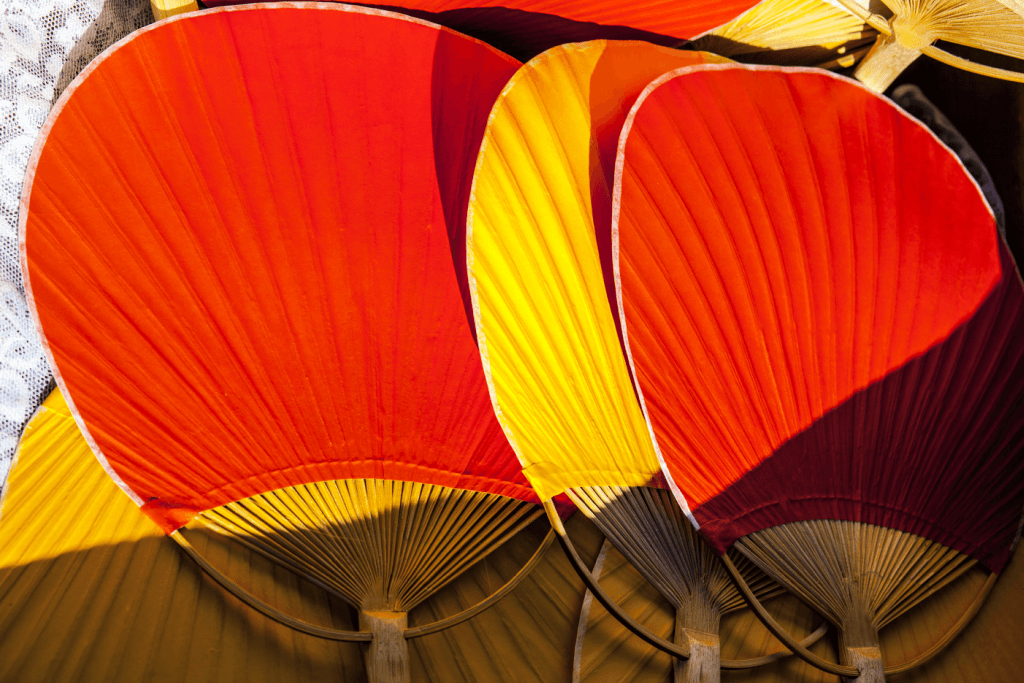
In addition to keeping cool, uchiwa fans block sunlight and wave insects away. For high-ranking people, it was a tool to keep one’s face hidden from the public eye. In the 16th century, the shape and material of the uchiwa changed, incorporating bamboo and washi paper (Japanese paper).In the 17th century, they became more popular with the general public.
How did uchiwa change over time?
As fans became popular with the general public, their purpose became more versatile. In addition to being used as a cooling tool, it’s also a good firestarter. It also started to become famous as a fashion accessory. Poems and art, such as Ukiyo-e prints, were also incorporated into uchiwa fans. The Ukiyo-e prints typically portrayed beautiful women, referred to as Bijin-ga; these prints entertained the general public.
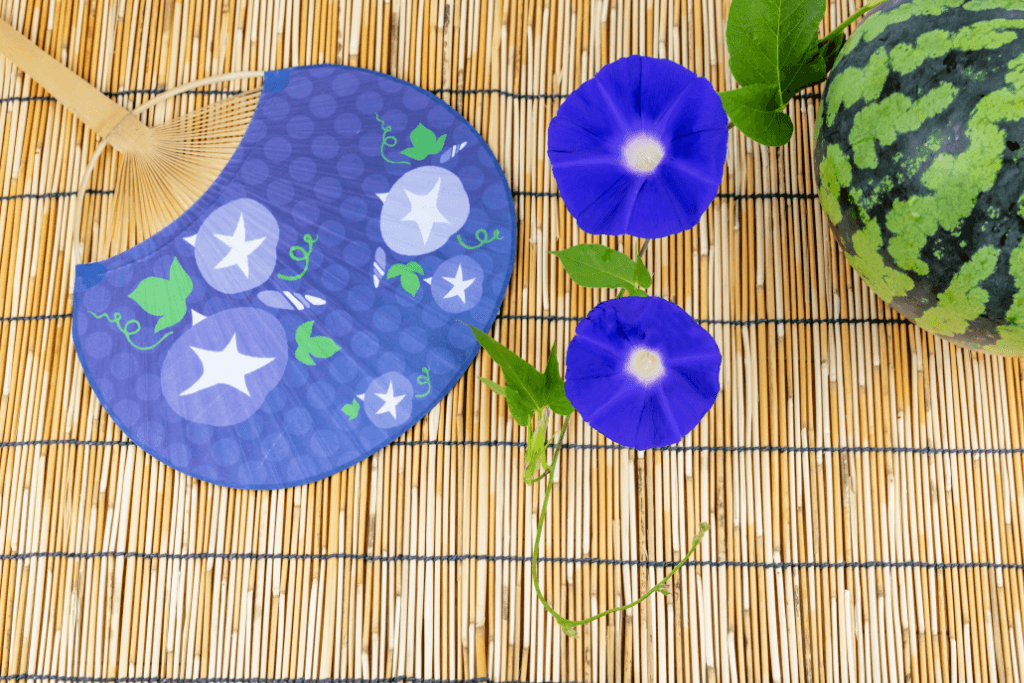
Shrines and temples also capitalized on the popularity of these fans and started selling unique fans for travelers. Travelers would buy these fans as gifts to give to friends and family. In the Edo period, it was customary for travelers to gift fans during Obon and Chuugen festivals (festivals that occur during the lunar month). This practice is prevalent today during August.
In the 19th century, businesses used uchiwa fans as advertisement tools. Business would place their brand names with promotional photos of their merchandise on fans to help reach more people. In the 20th century, there was a bamboo shortage, so vendors eventually replaced bamboo fans with plastic ones. Nowadays, during summer, it is widespread to see people on the street handing out plastic advertisements to uchiwa fans.
Are you looking to enjoy even more traditional Japan this summer? Check out Sakuraco! Sakuraco delivers traditional Japanese snacks, teas, sweets, and snacks from Japan to your door every month so that you can enjoy Japan’s taste anywhere!
What are the different types of uchiwa?
Although plastic uchiwa fans are the predominant type of uchiwa fan you will come across in Japan today, traditional fans are still present in many shops and museums. These fans come in three styles: Boshu, Kyo, and Marugame. These fans come from different regions in Japan and have unique characteristics.
Boshu
The Boshu uchiwa comes from Chiba Prefecture. Its unique characteristic is that it has a round handle that uses bamboo’s natural shape. The fan gets its name from the Boshu region in Chiba, where the bamboo comes from. In the Edo period, the region started producing large quantities of bamboo for fans. Around the 1880s, the Boshu uchiwa became the biggest-selling item produced in the province.
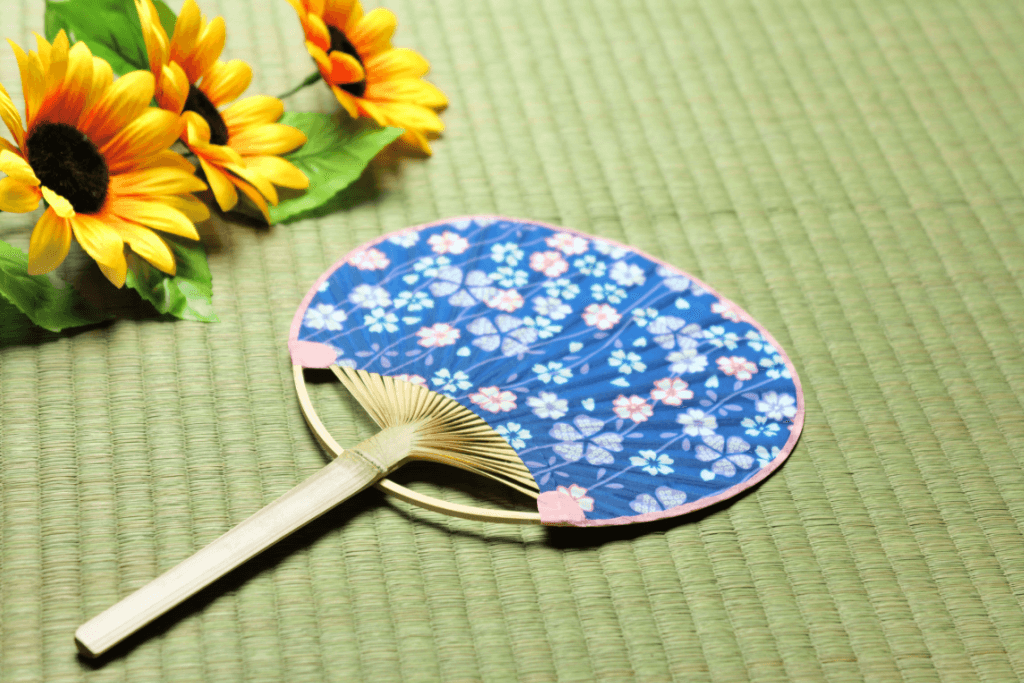
In addition to the round handle, it is also famous for its arrangement of ribs of the stem which support the paper. The steam is shredded into 48 to 64 equal pieces, then woven with a thread and spread. As a result, it produces a lattice-like pattern in the semi-circular part of the fan. It takes about twenty-one steps to make a Boshu fan. There is only one artisan left in Chiba, named Mayumi Uyama, who follows all the original steps, so having one fan is like a treasure!
Kyo
Kyo uchiwa originates from Kyoto Prefecture and is known for its unique features of producing fan and handle parts separately. Sometimes referred to as Miyako uchiwa, meaning “capital fan,” or Gosho uchiwa, meaning “imperial palace fan,” these fans are renowned for their elegant drawings and decorations. The Kyo uchiwa initially came from Korea towards the end of the 14th century.
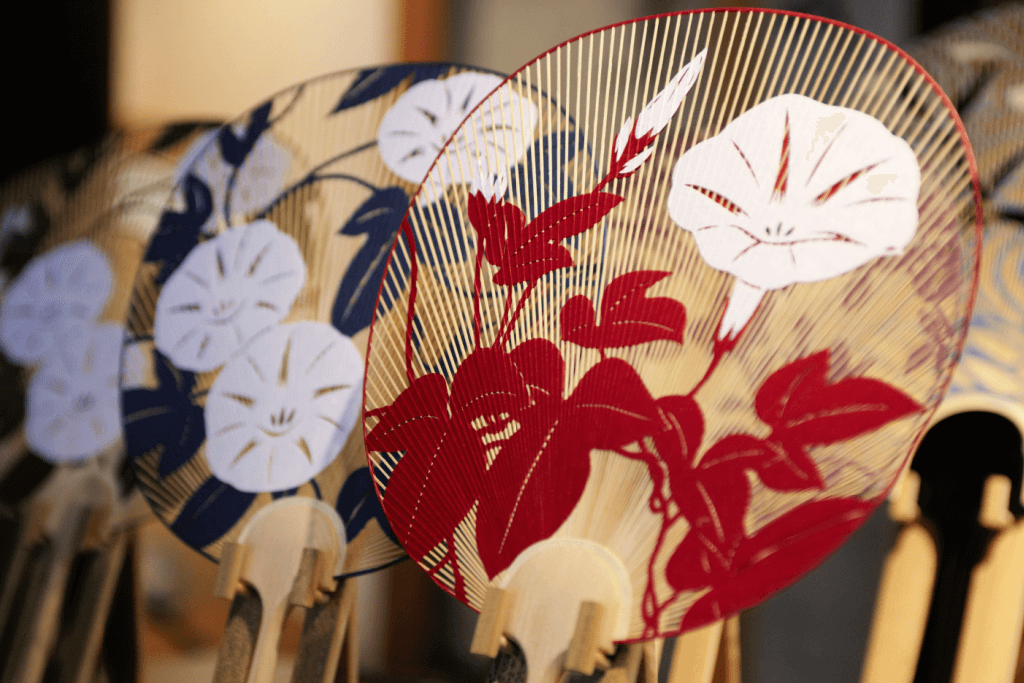
The Kyo uchiwa fan typically comprises fifty to a hundred thin bamboo bones arranged in a radial pattern. Washi is then pasted onto the bones, and later the handle is attached. Its handle typically uses bamboo, cedar, or even expensive lacquered wood. Fans with a hundred bamboo bones are valuable and generally suitable for display. It takes 16 steps to make a Kyo uchiwa fan.
Marugame
Marugame uchiwa are fans who come from Kagawa Prefecture. Their main characteristic is their thin flat handles. People sold these fans during Edo as souvenirs for pilgrims visiting the Konpira Shrine. The original Marugame uchiwa fans had the Kanji character for “gold” inscribed onto them. Its purpose was to bring good fortune to the receiver of the fan.
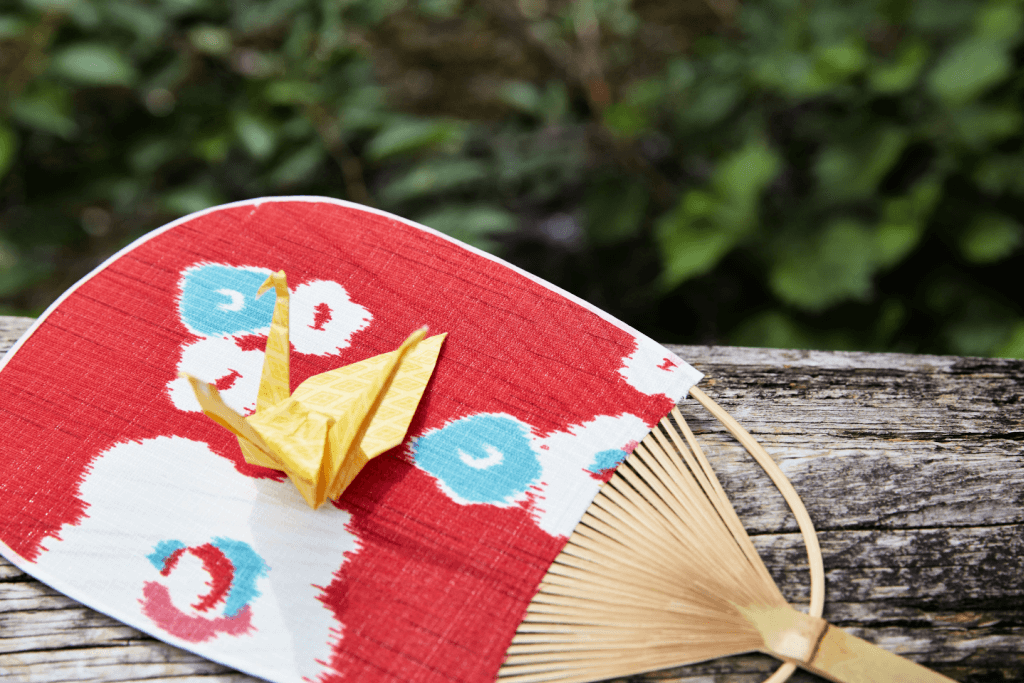
These fans now have ninety percent of Japan’s market share of the uchiwa market. The fan is very light and straightforward, but it takes several steps to make one a traditional one. It takes 47 steps to make a traditional Marugame fan. However, the process is more straightforward nowadays, and you can make a Marugame uchiwa in as little as ten steps!
An uchiwa fan is an indispensable item for surviving the scorching Japanese summer! With various types of fans, which one catches your eye, and why? Are you drawn to the traditional elegance of a handcrafted fan, or do you prefer the convenience of a modern foldable one? Whatever your preference, let us know in the comments below! Stay cool and stylish as you beat the heat with your perfect uchiwa fan!

Discover authentic flavors with Sakuraco
Get Sakuraco 

Discover authentic flavors with Sakuraco
Get Sakuraco 
Related Articles
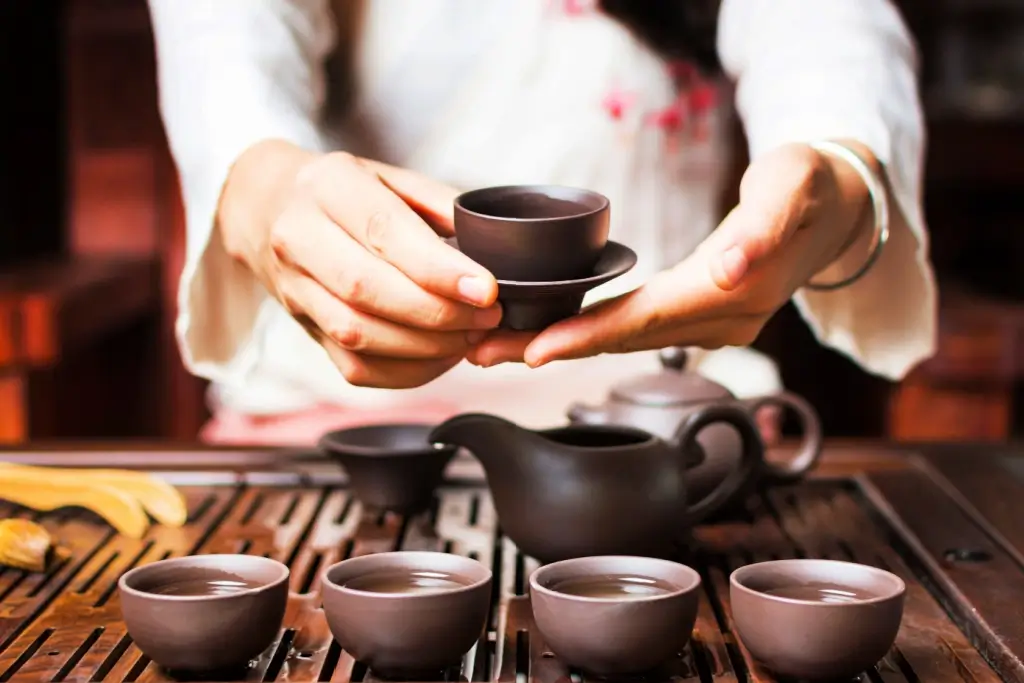
Japanese Ceramics: The Joy of Shonzui Pottery and More
Japanese ceramics are famous worldwide for their beauty and craftsmanship. They offer a world of artistry for collectors and admirers, from designs to glazing.

White Sesame Senbei from Eisendo in Ishikawa!
White sesame senbei is one of Eisendo’s most notable confectioneries. Let’s learn how they make them and why they’re so important in Ishikawa.

Ishikawa Japan: The Enchanting Land by the Sea
From Kanazawa’s stunning gardens to the Noto Peninsula’s rugged beauty, Ishikawa offers a unique blend of experiences that captivate every visitor to Japan. Let’s take a closer look at why this area is important.

Noto Peninsula: A Remote Land in Recovery
Noto offers an authentic Japanese experience for those exploring Japan’s lesser-known natural sites and culture. Let’s explore this remarkable peninsula and see why it is so favored by travelers seeking authentic Japanese culture.



